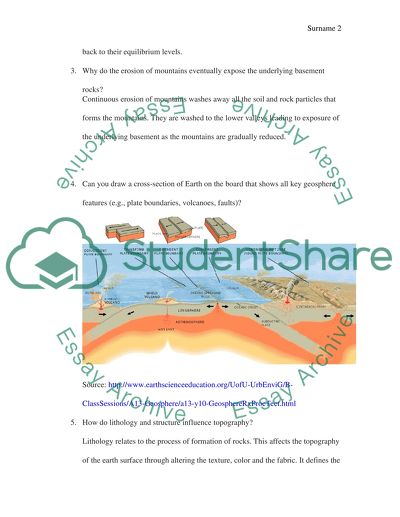Geomorphology Coursework Example | Topics and Well Written Essays - 500 words. Retrieved from https://studentshare.org/geography/1674284-geomorphology
Geomorphology Coursework Example | Topics and Well Written Essays - 500 Words. https://studentshare.org/geography/1674284-geomorphology.


